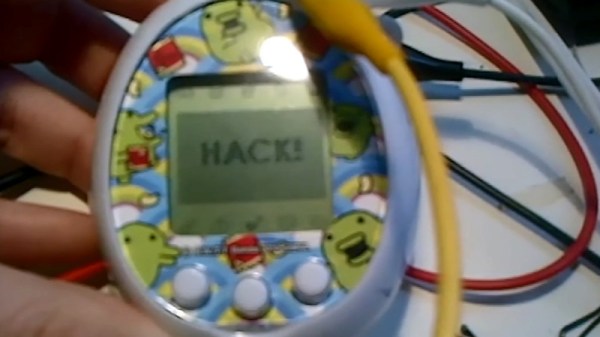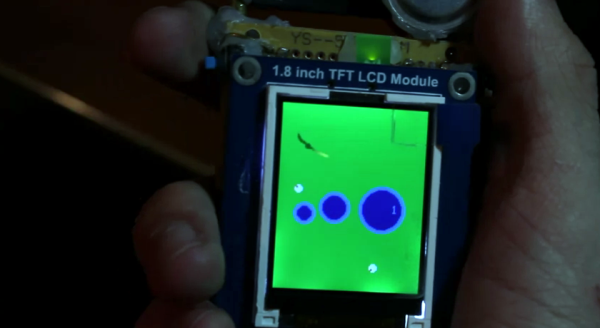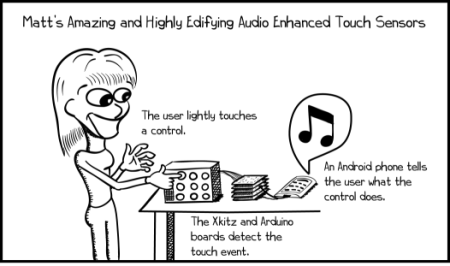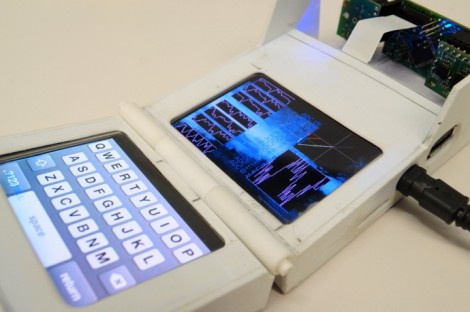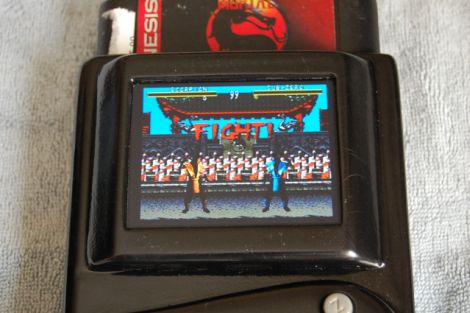In this strangely fascinating talk, you can follow along as [Natalie Silvanovich] reverse engineers some Tamagotchi. Even if you have no interest whatsoever in digital pets, you’ll probably pick up a trick or two by listening to how she went about taking over the toy. She can now push her own images to the screen, and evolve her Tamagotchi at will.
Listening to her story you might be able to pick up a few tricks as she takes almost every angle possible. She uncovers the black blobs, she attempts to socially engineer her way into datasheets, decaps chips, she dumps and breaks down code. It is also worth noting that, in the beginning, internet electronics enthusiasts were adamant that it just had a PIC processor inside and they were wrong. Having an internet full of experts is a wonderful thing, except when it isn’t.
Then again, having that internet full of experts might be her savior in the end, she’s missing a piece of software and asking if anyone has it available.

